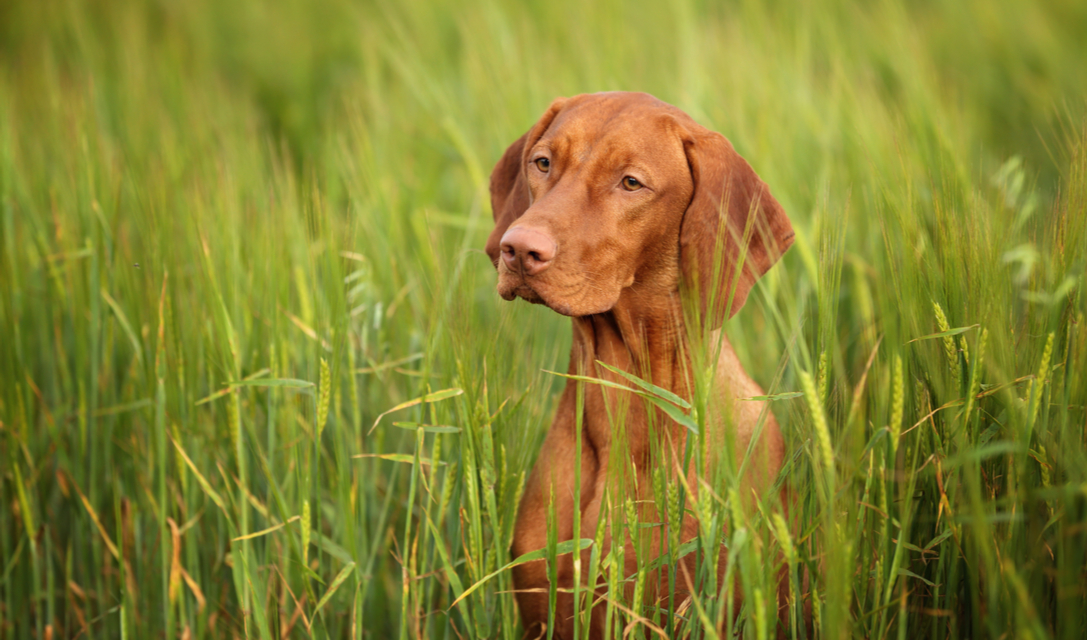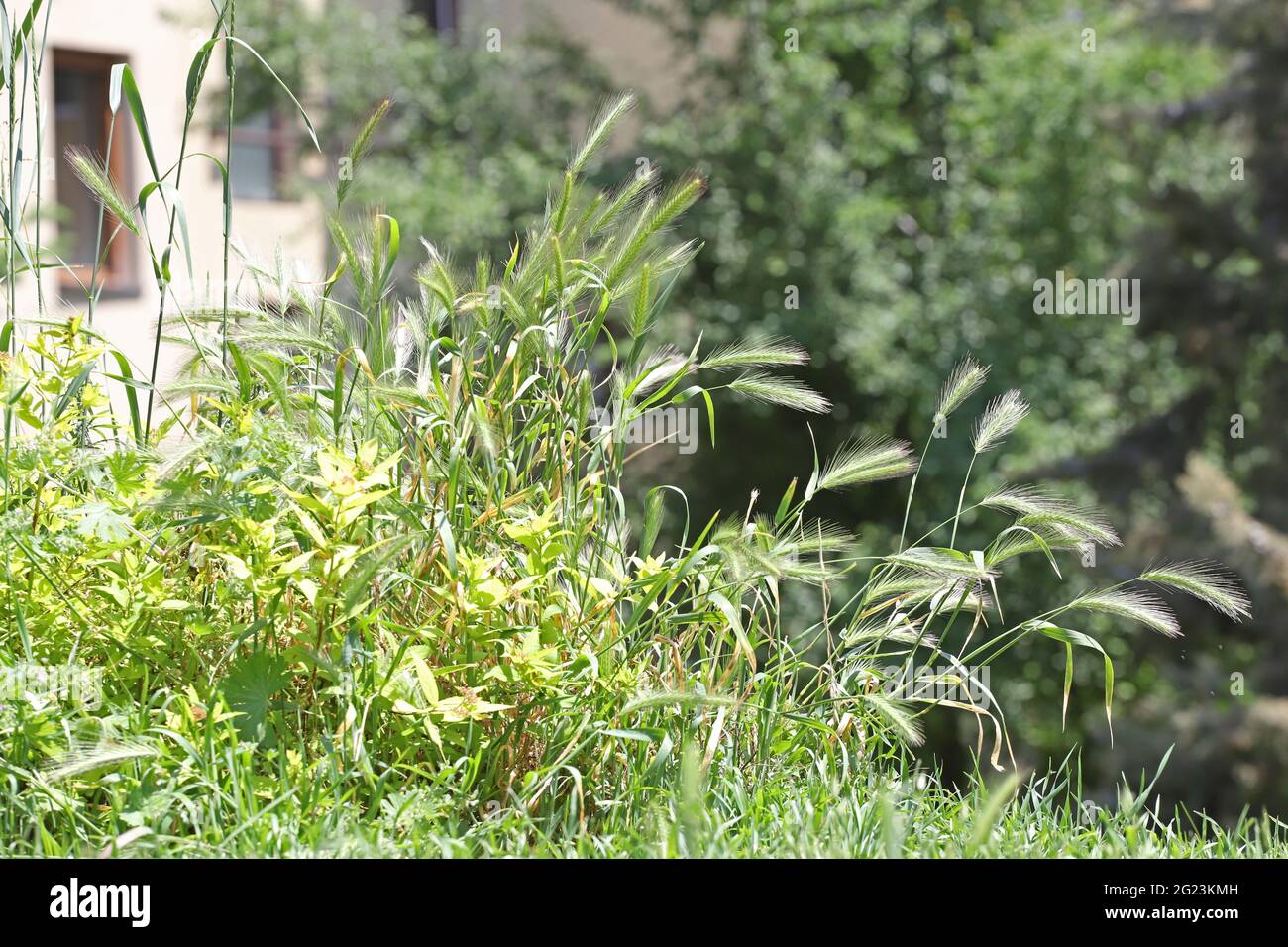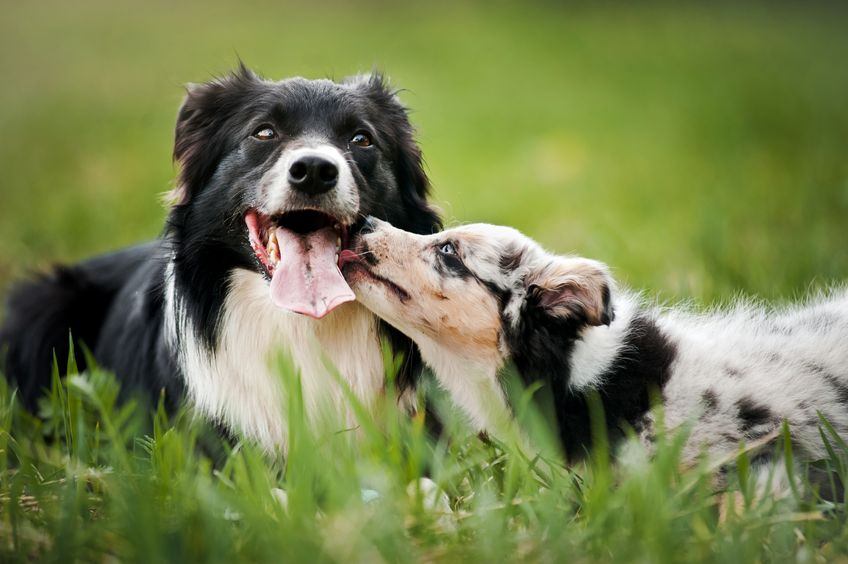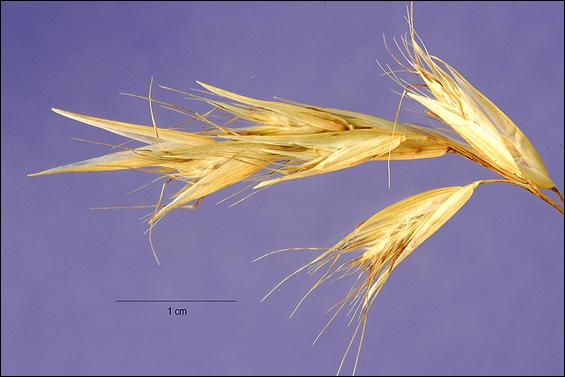Many people don’t realize that Grass Awns: The Hidden Danger for Your Dog can help in unexpected ways.
If you’re looking for practical tips to make the most of Grass Awns: The Hidden Danger for Your Dog, you’ve come to the right place.
Keep reading to find out how it all works!
By the end of this article, you’ll understand the best ways to use Grass Awns: The Hidden Danger for Your Dog to your advantage. So, make sure to read until the end!
Grass Awns: The Hidden Danger for Your Dog

Grass awns, those tiny, sharp seeds that cling to clothing and fur, pose a serious threat to dogs. These seemingly innocuous plant parts can cause severe pain, infection, and even life-threatening complications.
The Dangers of Grass Awns
Related Articles: Grass Awns: The Hidden Danger for Your Dog
- Transform Your Home’s Curb Appeal With A Majestic 6-Foot Front Door Awning
- Sunset Awnings: A Comprehensive Review
- 10 Essential Awnings For Homes: Transform Your Outdoor Space
- Nashville Tent And Awning: Providing Exceptional Shade Solutions For 50 Years
- Marygrove Awnings: Exceptional Shade Solutions For Your Home And Business
Grass awns have a barbed tip that allows them to easily penetrate the skin and travel deep into the body. Once inside, they can cause:
- Skin irritation and infection: Grass awns can cause irritation and inflammation in the skin, leading to pain, swelling, and discharge.
- Abscesses: If the grass awn becomes embedded in the skin, it can form an abscess, which is a collection of pus.
- Internal organ damage: Grass awns can travel through the skin and into internal organs, such as the lungs, liver, or intestines. This can lead to serious health problems, including organ failure.
Symptoms of Grass Awn Ingestion
Symptoms of grass awn ingestion can vary depending on where the awn has lodged. Common signs include:

- Pawing at the mouth or face
- Coughing or sneezing
- Nasal discharge
- Vomiting
- Diarrhea
- Lethargy
- Fever

Prevention and Treatment

Preventing grass awn ingestion is crucial for the health of your dog. Here are some tips:
- Keep your dog off lawns during the summer months, when grass awns are most prevalent.
- Check your dog’s fur and paws regularly for grass awns.
- If you find a grass awn, remove it immediately using tweezers.
- If the grass awn is embedded in the skin, take your dog to the vet for professional removal.
Treatment for grass awn ingestion depends on the severity of the problem. It may include:
- Antibiotics to treat infection
- Surgery to remove the grass awn
- Hospitalization for severe cases
Conclusion
Grass awns are a common but potentially dangerous threat to dogs. By understanding the risks and taking preventive measures, you can help protect your furry friend from this hidden danger.

Closure
Thus, we hope this article has provided valuable insights into Grass Awns: The Hidden Danger for Your Dog. We thank you for taking the time to read this article. See you in our next article!
Click for more about >> Grass Awns: The Hidden Danger for Your Dog